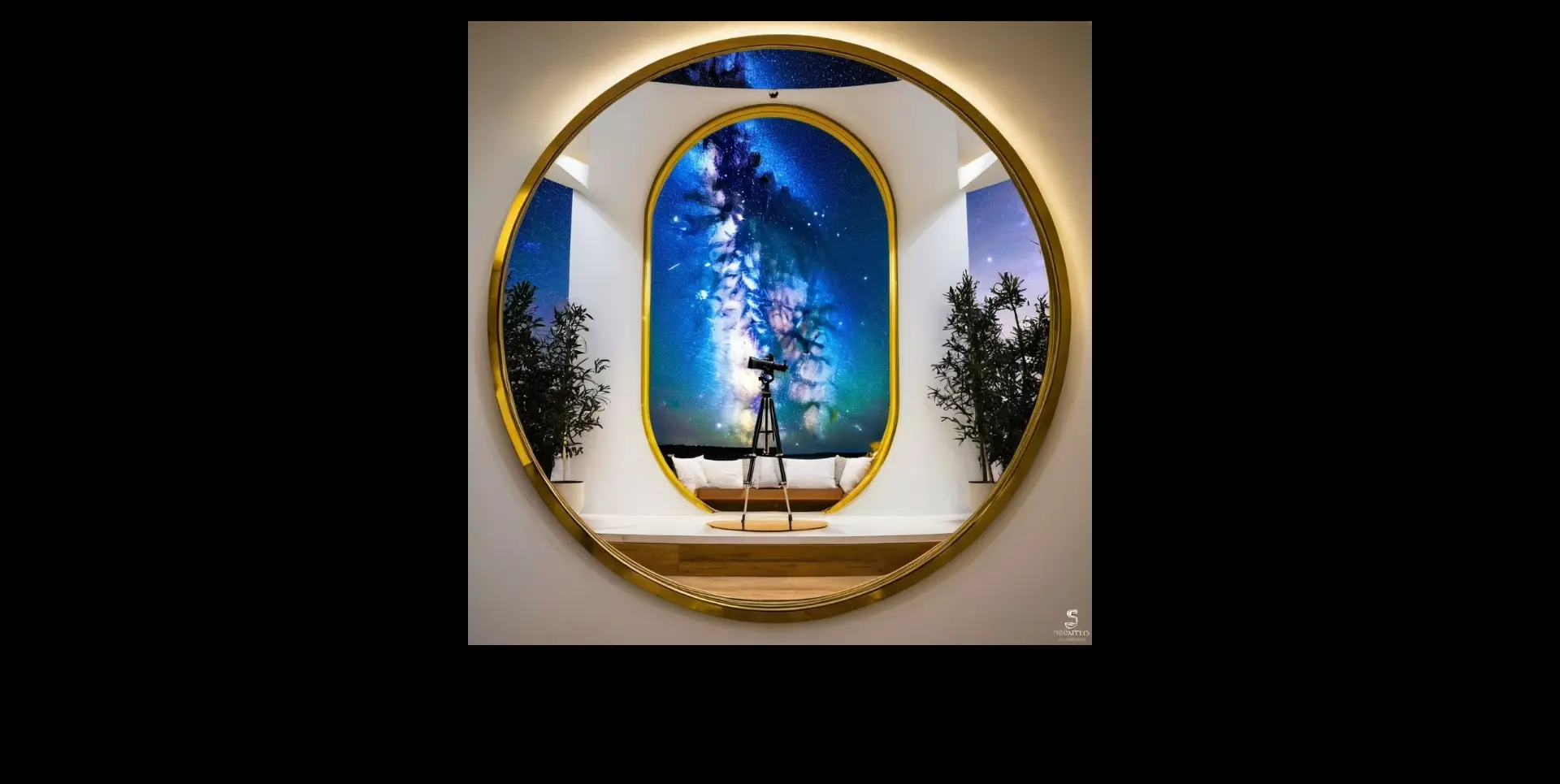🚀 **Upcoming Space Launch** 🚀
🌌 **Mission Name**: PSLV-XL | EOS-09 (RISAT-1B)
🗓️ **Launch Date**: 2025-05-18T00:29:00Z
🚀 **Rocket**: PSLV-XL
📖 **Details**: RISAT-1B is the third in the series of radar imaging RISAT-1 satellites of ISRO using an active C-band SAR (Synthetic Aperture Radar), providing all-weather as well as the day-and-night SAR observation capability in applications such as agriculture, forestry, soil moisture, geology, sea ice, coastal monitoring, object identification, and flood monitoring, in addition to military surveillance.
The RISAT-1 series is developed, manufactured and integrated by ISRO. The 3-axis stabilized spacecraft bus consists of a hexagonal prism shape build around a central cylinder. Most of the spacecraft subsystems and the payload are integrated in the prism structure and the central cylinder. The solar panels and some subsystems are mounted on the cube-shaped section of the spacecraft.
#SpaceLaunch #RocketScience

CosmicChronicle
npub169…z2slf
2025-05-18 06:00:23
Author Public Key
npub169uq4uz6up8sk3jnrlp5ncl4um7pchm7dlq5jgjdvewj2kpee9wq3z2slfSeen on
wss://relay.nostr.band/npub10vu5jqhw4kurwzf37xgr6qzkj4z7ssgnld4qjc6xv3mrhc3jqzwqnm4qs4wss://relay.damus.io